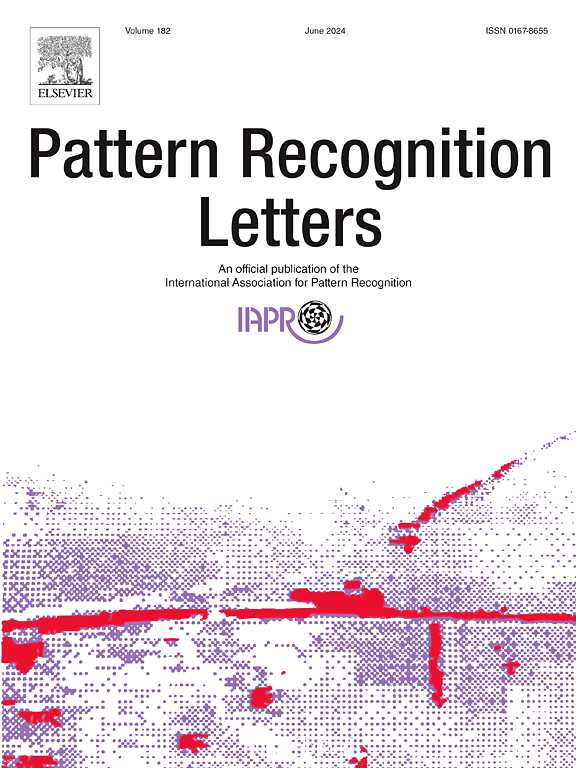基于全局和局部两步优化的水下图像色彩校正
IF 3.3
3区 计算机科学
Q2 COMPUTER SCIENCE, ARTIFICIAL INTELLIGENCE
引用次数: 0
摘要
由于光的吸收和散射,水下图像的质量通常会下降,从而导致色彩失真、细节模糊和对比度低。为了解决这些问题,我们提出了一种全局和局部两步优化方法(GLTO)。具体来说,我们首先在CIELab色彩空间中分析自然图像的统计特征。同时,我们设计了一种启发式全局优化策略,最小化水下图像与自然图像之间的特征差异,以恢复原始图像的颜色和亮度。提出了一种基于亮度信息的局部优化策略,利用引导滤波将亮度通道分解为大尺度和小尺度高频图像,并对其进行加权融合,得到一个细节增强的亮度通道。最后,我们利用亮度通道捕获的图像的局部照明强度来调整局部颜色失真。大量的实验评估证明了我们提出的GLTO方法在水下图像预处理中的优越性,大大提高了后续图像增强的性能。该项目可以在https://github.com/yubaiqiang/GLTO上找到。本文章由计算机程序翻译,如有差异,请以英文原文为准。
Underwater image color correction via global and local two-step optimization
Underwater images usually suffer from quality degradation due to light absorption and scattering, leading to color distortion, blurred details, and low contrast. To address these challenges, we propose a global and local two-step optimization method (GLTO). Specifically, we first analyze the statistical features of natural images in the CIELab color space. Meanwhile, we design a heuristic global optimization strategy that minimizes the feature differences between underwater and natural images to restore the color and luminance of the raw image. We develop a local optimization strategy based on luminance information, which uses guided filtering to decompose the luminance channel into large-scale and small-scale high-frequency images and weighted fusion of them to obtain a detail-enhanced luminance channel. Finally, we leverage the local illumination intensity of the image captured by the luminance channel to adjust the local color distortion. Extensive experimental evaluations have demonstrated the superiority of our proposed GLTO method in underwater image preprocessing, which substantially enhances the performance of subsequent image enhancement. The project can be found at https://github.com/yubaiqiang/GLTO.
求助全文
通过发布文献求助,成功后即可免费获取论文全文。
去求助
来源期刊

Pattern Recognition Letters
工程技术-计算机:人工智能
CiteScore
12.40
自引率
5.90%
发文量
287
审稿时长
9.1 months
期刊介绍:
Pattern Recognition Letters aims at rapid publication of concise articles of a broad interest in pattern recognition.
Subject areas include all the current fields of interest represented by the Technical Committees of the International Association of Pattern Recognition, and other developing themes involving learning and recognition.
 求助内容:
求助内容: 应助结果提醒方式:
应助结果提醒方式:


